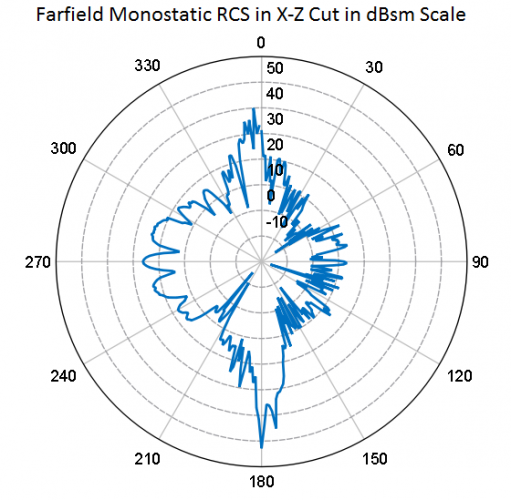F-14ATomcat
ACCESS: Secret
- Joined
- 26 May 2024
- Messages
- 454
- Reaction score
- 848
care to see any RCS depends upon the angle of view, people do not care to see details, from some angles B-2 has a bigger RCS, but from other angles lower RCS ,Yet the B-2 has a smaller RCS than an F-117 or F-22.
Radar absorption works by allowing the radar waves to bounce multiple times inside the radar-absorbing materials or structures. This is most effective when the bounce path is more than 10 times the wavelength being absorbed.
Stealth in general works by controlling which directions the radar reflects to, and concentrating all reflections into the smallest possible number of very narrow directional "spikes".
If a big canard has to deflect less than half a degree to maintain trim in flight, that will have a much smaller effect on the RCS spikes than a small canard that needs to deflect 5 degrees to get the same effect on trim.

The reason is simple reflecting angle

